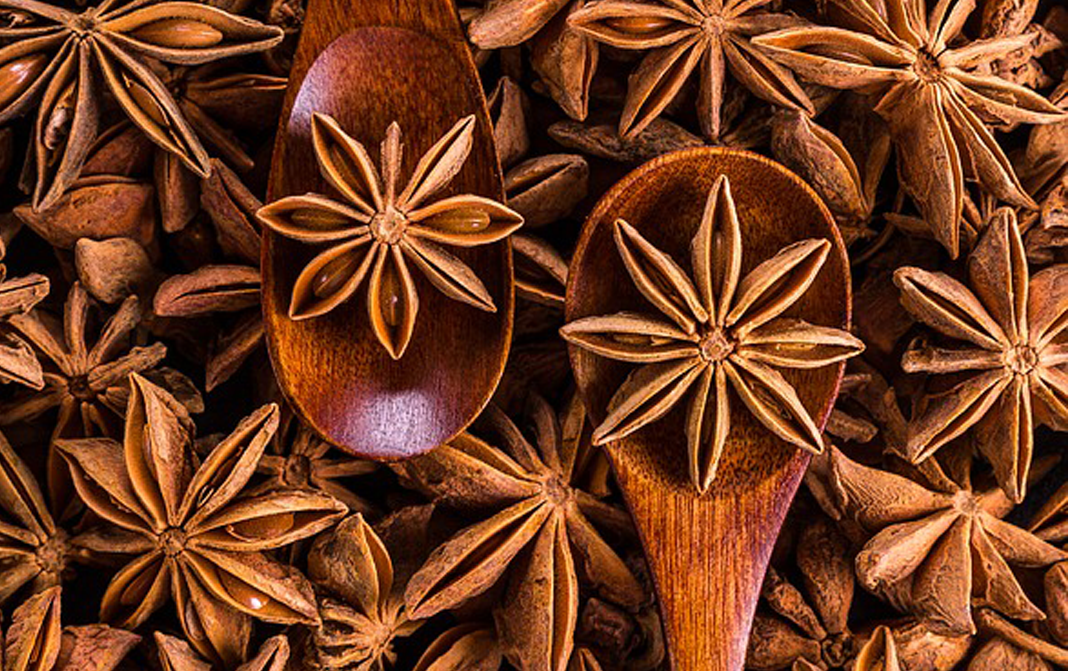


Always check the source of the star anise while purchasing to make sure it’s purely the Chinese variety. Star anise can be bought whole or ground-based on the requirement. Check that it is free from moisture, insects and moulds.
Star anise may cause allergic reactions in some people. The biggest risk is of consuming Japanese star anise which is similar to Chinese star anise but contains neurotoxins that may result in nausea, seizures, and hallucinations. Also, it may cause death in infants. Thus, it’s best not to give star anise to infants and children due to the risk of contamination with Japanese star anise.(3)
(1,3) https://www.healthline.com/nutrition/star-anise#culinary-uses
- Disclaimer
"Information here is provided for discussion and educational purposes only. It is not intended as medical advice or product or ingredient review/rating. The information may not apply to you and before you use or take any action, you should contact the manufacturer, seller, medical, dietary, fitness or other professional. If you utilize any information provided here, you do so at your own risk and you waive any right against Culinary Communications Private Limited, its affiliates, officers, directors, employees or representatives.”
Description
Star anise is a popular spice obtained from the fruit of an evergreen tree which is native to Southeast Asia and China. Its shape is unique as it has star-shaped pods. As a whole, it is an eight pointed star that contain little spice seeds. It is named star anise because of its shape and it's similarity in flavor to the spice aniseed. This star-shaped spice is highly valued due to its health-boosting compounds like Linalool, Quercetin, Anethole, Shikimic acid, Gallic acid, and Limonene. Hence it is not only used in culinary preparation but in medications too. Star anise is one of the core ingredients in Chinese cuisine. It is one of the main spices in Chinese five-spice powder. It is popularly used to season roast duck in Chinese cuisine while in Vietnamese cuisine, it's added in the popular soup, pho. The usage of star anise dates back to 100 B.C and was used mainly in China and few Southeast Asian regions, then an English sailor introduced the spice to Europe in the 16th century. At present it is cultivated in China, Vietnam, Spain, France, Italy, Philippines, Morroco and India.There is a Japanese variety of star anise but it is considered highly poisonous.